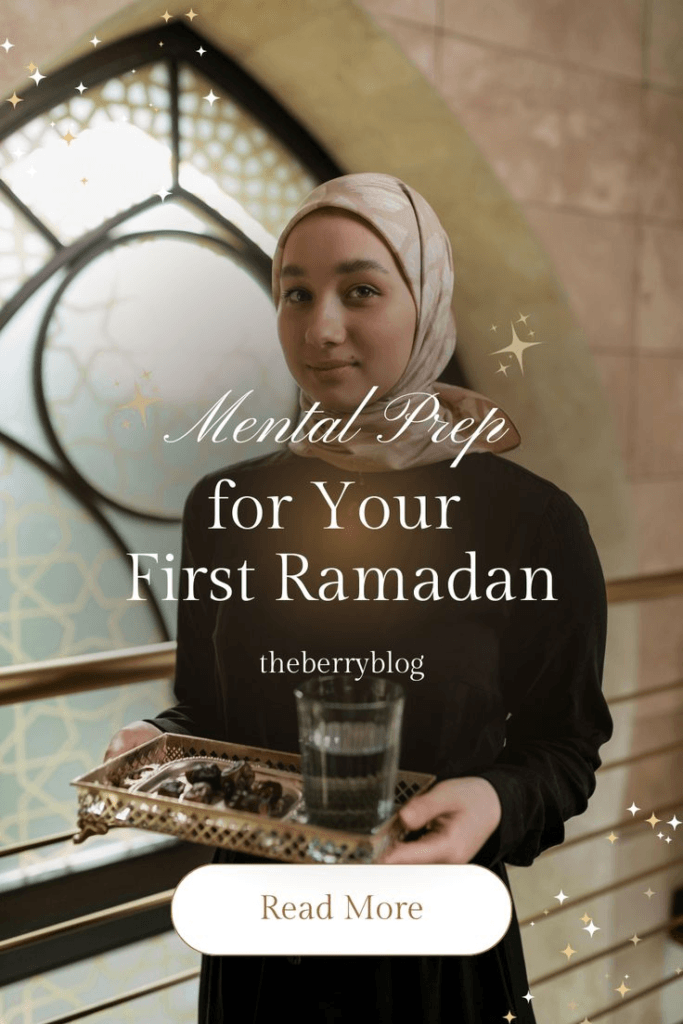
Photo credits go to: Theberryblog
Ramadan has always been a deeply cherished and spiritual time in South Asian households, but the way it is observed has transformed over the generations. From the selfless sacrifices of our mothers to the modern balance that younger generations strive for, Ramadan has evolved in ways that reflect changing family dynamics, gender roles, and lifestyle shifts.
Let’s take a journey through how Ramadan has changed from our mothers’ time to ours and what we can learn from both generations.
1. Iftar & Suhoor: From Elaborate Feasts to Simplicity & Convenience
Then: A Labor of Love
For our mothers and grandmothers, Ramadan often meant hours in the kitchen preparing lavish iftar spreads with traditional dishes like:
- Pakoras, samosas, and chana chaat in Pakistan & India
- Beguni, jilapi, and haleem in Bangladesh
- Kanji, mas paan, and watalappam in Sri Lanka
Cooking was seen as a labor of love, but it also left little time for personal reflection or worship. Many women sacrificed their own ibadah to ensure the family had the perfect meal.
Now: A Shift Towards Balance
Younger generations, especially South Asian women, are now challenging the idea that Ramadan should revolve around the kitchen. Changes include:
✅ Simplified iftar menus focusing on nutrition rather than indulgence
✅ Batch cooking & meal prepping to save time
✅ Men and children helping with cooking instead of just waiting for food
This shift allows women to reclaim their Ramadan experience without the guilt of breaking tradition.
2. Worship: From Home-Based Prayers to Inclusive Mosque Spaces
Then: A Home-Centered Ramadan for Women
In previous generations, many South Asian women prayed at home due to:
- Cultural expectations that mosques were for men
- Lack of space or dedicated women’s sections in mosques
- The responsibility of managing kids and household chores
As a result, many mothers missed out on the community aspect of Ramadan, despite their deep devotion.
Now: Reclaiming Spiritual Space
Younger generations are breaking barriers by making mosque attendance more inclusive for women:
✅ More mosques are now offering dedicated women’s prayer spaces
✅ Women are joining online Islamic classes for deeper spiritual growth
✅ Families are sharing childcare responsibilities so that mothers can also attend taraweeh
The goal is not just to continue the traditions of faith, but to ensure they are accessible and fulfilling for everyone.
3. Charity: From Quiet Giving to Digital Activism
Then: Silent Acts of Generosity
For our mothers and grandmothers, charity was often a private, household effort. They:
- Cooked extra meals for neighbors and the less fortunate
- Gave Zakat discreetly to community members in need
- Sewed clothes or provided food parcels to struggling families
While their generosity was immense, it was largely unseen outside their immediate circles.
Now: Amplifying Impact Through Digital Platforms
Today’s generation is expanding the definition of charity through:
✅ Crowdfunding & online donations for global causes
✅ Using social media to raise awareness about humanitarian efforts
✅ Volunteering at refugee centers, food banks, and community drives
While the essence of giving remains the same, the scale and visibility of modern charity efforts allow for greater collective impact.
4. Ramadan & Work: From Complete Pause to Finding Balance
Then: Women Paused Everything for Ramadan
For our mothers, Ramadan often meant pressing pause on many personal and professional commitments to focus solely on family and worship.
However, this was often unsustainable—many women carried a huge mental load, juggling fasting, cooking, cleaning, and family care without much support.
Now: Working & Fasting with Flexibility
Today’s women, especially those who are working professionals or students, balance Ramadan with their daily responsibilities through:
✅ Remote work and flexible hours during Ramadan
✅ Prioritizing self-care instead of overburdening themselves
✅ Setting boundaries for rest and spiritual reflection
This shift acknowledges that Ramadan should be spiritually fulfilling, not physically exhausting.
5. Eid Celebrations: From Grand Gatherings to Meaningful Moments
Then: Large Family Gatherings & Cultural Rituals
Eid was traditionally celebrated with:
🎉 Massive family reunions and gatherings
🎁 Giving Eidi (money gifts) to children
👗 Wearing heavily embroidered outfits and getting mehndi (henna)
While these traditions are beautiful, they were also highly gendered, with women doing most of the planning, cooking, and hosting.
Now: Prioritizing Quality Time Over Expectations
Younger generations are redefining Eid by:
✅ Making it more personal (small gatherings, self-care, solo travels)
✅ Focusing on meaningful giving rather than extravagant spending
✅ Encouraging men to share the Eid prep load
Eid is becoming less about meeting societal expectations and more about what brings joy and peace.
Final Thoughts: What We Can Learn from Both Generations
🌙 Our Mothers Taught Us:
- The importance of selflessness and service during Ramadan
- That charity doesn’t need an audience to be impactful
- To find spiritual joy even in simple acts of worship
✨ Our Generation is Teaching:
- That balance is key—worship should not come at the expense of health
- That inclusivity matters—women deserve equal access to mosque spaces
- That modern tools can help amplify Ramadan’s blessings (from online fundraisers to digital Islamic learning)
While Ramadan has evolved, the core values of faith, family, and generosity remain unchanged. The challenge is to honor our traditions while ensuring that every individual, especially women, has an equally enriching Ramadan experience.
This Ramadan, let’s take the best of both worlds—our mothers’ dedication and our generation’s progress—to create a meaningful, balanced, and spiritually fulfilling Ramadan for all.
No Responses